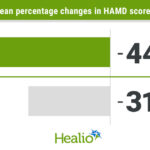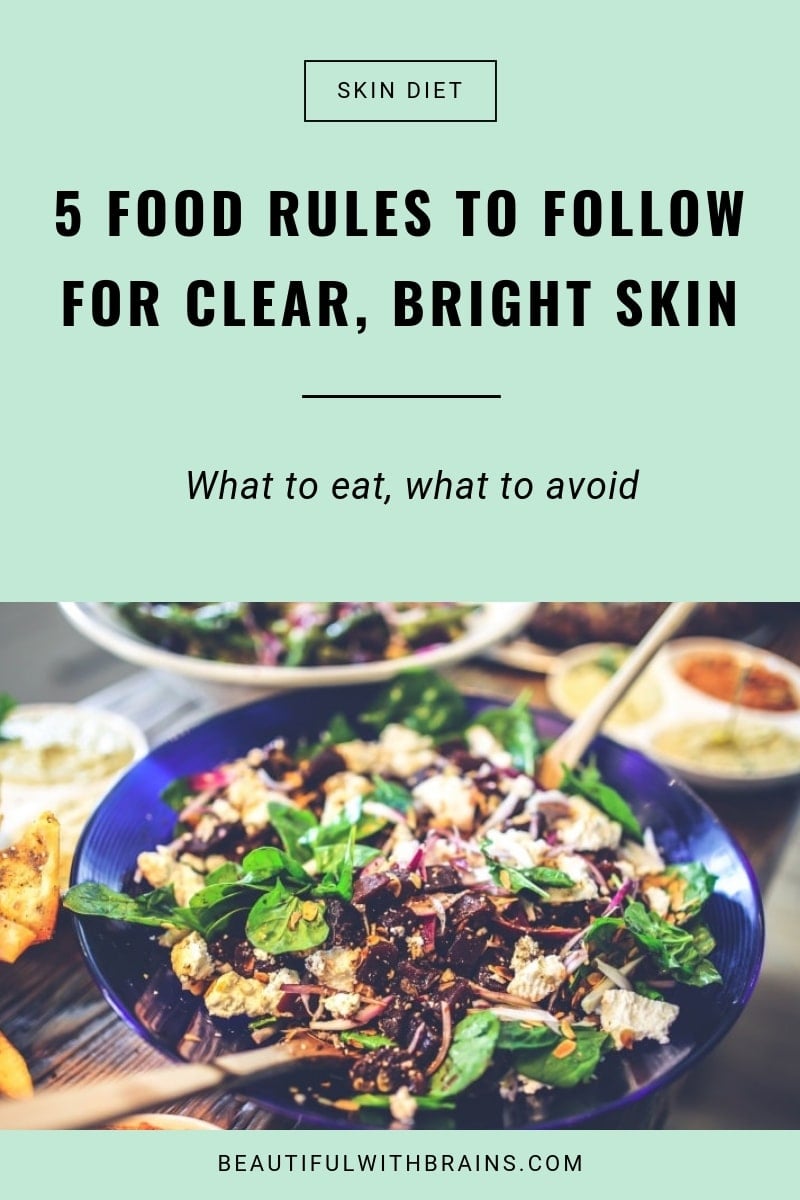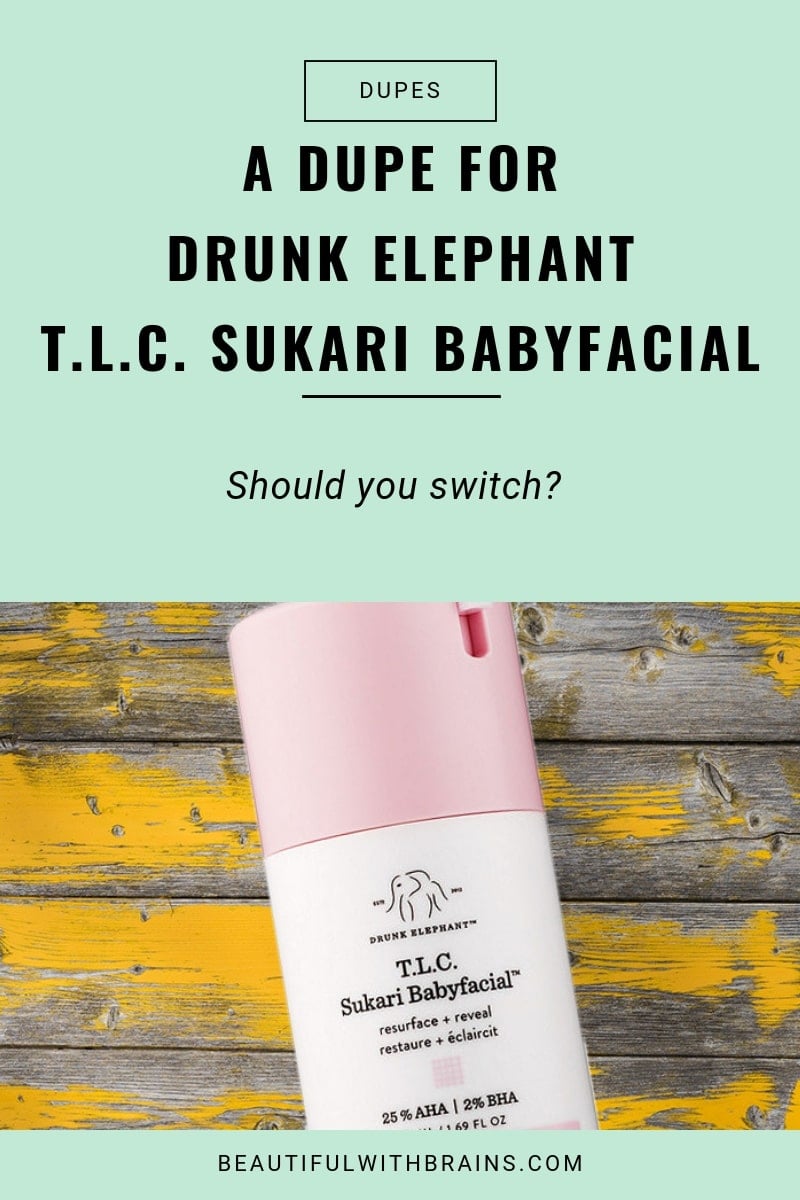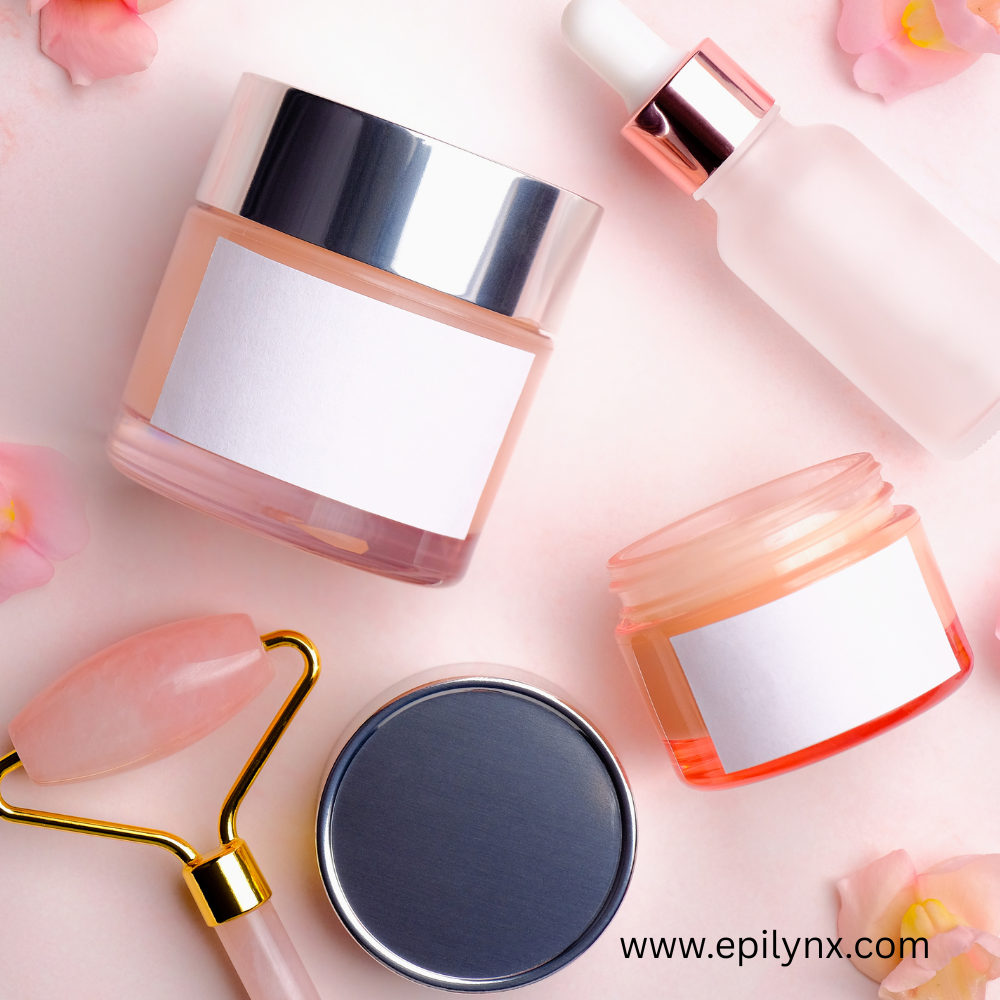
Can we talk about food for skin for a moment? I know we’re all skincare obsessed here. Decoding skincare labels and finding gems on the beauty aisles is what makes our hearts flutter. But even the best skincare products won’t help your skin that much if you sabotage them with an unhealthy diet. Truth bomb: you (and your skin) are what you eat.
And yeah, I know that sounds like something your mom would say. But stick with me because the science behind it is actually wild. Every single thing you put in your mouth affects your skin cells. Every cookie, every salad, every glass of wine, they’re all talking to your skin, telling it whether to glow or to break out or to age faster.
Your skin is literally rebuilding itself constantly using whatever materials you give it. Feed it crap, get crap skin. Feed it good stuff, get good skin. It’s really that simple and that complicated at the same time. So eat healthy. Here are 5 food rules to follow for clear, glowy skin:
1. Eat The Rainbow
You know how I always keep banging on about getting as many antioxidants as possible in your skincare? Same goes for your diet too. Antioxidants are your skin’s BFF. The patrol your body (and skin) looking for free radicals, the criminals that damage your collagen, elastin and everything else they find in their tracks, leaving a trail of wrinkles and dark spots behind. When they spot one, they destroy it pronto.
Here’s where it gets tricky: there are lots of different types of free radicals. Every antioxidant can only deal with one or two. You see now why it’s so important to eat as many antioxidants as possible instead than relying on just the one, no matter how powerful it is? Think of it like this: if free radicals are different types of burglars trying to break into your skin, you need different types of security guards to catch them all. Vitamin C catches some, vitamin E catches others, beta-carotene goes after different ones. One guard can’t protect the whole building.
And here’s something nobody talks about: the antioxidants you eat actually work way better than the ones you slap on your face. Why? Because when you eat them, they get distributed throughout your entire body, including the deeper layers of your skin that your creams can’t even reach. Your $80 serum is great and all, but it’s mostly hitting the surface. That blueberry smoothie? It’s doing the deep work. You’ll find antioxidants in green and brightly coloured vegetables (usually, it’s the antioxidants that give them their colour), berries, fruits, legumes, seeds and green tea.
Real talk: if your plate looks beige and sad, your skin is going to look beige and sad too. I aim for at least three different colours at every meal. Sounds annoying but it’s actually not that hard once you get into it. Spinach (green), tomatoes (red), carrots (orange) – boom, three colours right there.
Also, frozen berries count. Fresh berries are expensive as hell and go bad in like two seconds. Frozen ones have the same antioxidants, sometimes even more because they’re frozen right after picking. I literally keep frozen blueberries, strawberries, and raspberries in my freezer at all times and dump them in everything. Gobble up!
Related: What Are Antioxidants And How Do They Keep Your Skin Young?
Struggling to put together a skincare routine that minimises wrinkles, prevents premature aging, and gives your complexion a youthful glow? Download your FREE “Best Anti-Aging Skincare Routine” to get started (it features product recommendations + right application order):
2. Cut Down Sugar
Why oh why must everything that tastes good be bad for your skin?! Ok, a bit melodramatic here (can you tell I have a sweet tooth?). Berries are delicious and they’re good for skin. But, as a rule, too much sugar (and that includes natural sugar like honey and fruits) does more harm than good.
Sugar causes glycation, a bad word that describes how sugar reacts with fats and proteins in an abnormal way. In a nutshell, when they come together, they produce something called “advanced glycation endproducts” (or AGEs for short – oh, the irony!). Let me break down what actually happens because this stuff is crazy.
When you eat sugar, it floats around in your bloodstream. Normal, right? But when there’s too much of it, those sugar molecules start crashing into proteins like collagen and elastin. They basically glue themselves onto these proteins and screw them up permanently. Like, imagine taking a beautiful silk scarf and dunking it in maple syrup and letting it dry. That scarf is ruined, yeah? That’s kind of what’s happening to your collagen. Here’s how glycation makes you age faster:
- It destroys collagen and elastin, the proteins that keep your skin firm and elastic
- It causes dark spots
- It triggers chronic inflammation, which in turn forms wrinkles
And get this: once your collagen is glycated, it’s done. Your body can’t fix it. It has to break it down and make new collagen to replace it. But making new collagen gets harder as you age. So you’re basically wasting your precious collagen-making ability on replacing the stuff that sugar destroyed. What a scam. Sodas, sweets and anything with processed sugar are the biggest culprits here. I still eat them a little because girl needs cake every once in a while (seriously what is life without cake?!) but the more you manage to cut sugar down, the slower you’ll age.
Grains (did you know they turn to sugar in the bloodstream?), natural sweeteners like honey and agave nectar and fruits high in sugar like banana and mango cause glycation too. But, they also have their fair share of antioxidants so they’re not as bad as processed sugar. If you eat too much of those, you may want to cut back a little. In moderation, they’re cool.
Related: I Went On The Low Glycemic Diet And It Transformed My Skin
3. Eat Raw
No, I’m not suggesting you turn into a rabbit. You don’t have to eat only raw stuff (phew!). Just eat a bit more than you do now. Why? AGEs. Remember them? They’re the unwanted “present” sugar leaves behind in your body. High-heat cooking methods like broiling, frying or roasting make AGEs too. 🙁
Plot twist nobody saw coming: it’s not just sugar that makes AGEs. Cooking food at high temperatures creates them too. Especially when you’re cooking meat or anything with protein and fat together. The hotter and longer you cook, the more AGEs you’re making. That crispy, caramelized, delicious crust on your steak? Yeah, that’s basically an AGE factory. I know, I know. This feels like the universe is personally attacking us. First sugar, now we can’t even cook our food properly? But hear me out.
Some of the worst offenders are:
- Roasted chicken skin (9,897 AGEs)
- Breaded & fried chicken breast (8,750 AGEs)
- Beef steak pan fried with olive oil (9.502 AGEs)
- Bacon fried with no oil (11,905 AGEs)
- McDonalds Big Mac (7,801 AGEs)
Lesson learned: meat and frying don’t go well together. Not if you want to keep your skin young anyway. 🙁 FIY, there are ways to eat meat without making so many AGEs. You just have to replace broiling/frying/roasting with low-heat cooking methods like steaming and poaching. For example, a poached chicken breast has only 968 AGEs. That’s a huge difference!
Fruits, vegeatables and all the raw stuff barely have any AGEs. Make them a big part of your diet, use low-heat cooking methods whenever possible and, every now and then, enjoy a fried treat for being a good girl. P.S. It’s all about moderation, not deprivation. 🙂
4. Stay Hydrated
Let’s be clear: there’s NO scientific proof that drinking 2 litres of water a day hydrates your skin. That’s a myth. Drinking water isn’t a treatment for dry skin either. You get dry skin when your skin’s protective barrier is damaged. Any water you put into your skin just evaporates through its cracks. Bottom line: if you want to treat dry skin, fix your protective barrier (check this article to find out how).
I hate this myth so much because it makes people think they can drink their way to perfect skin while ignoring actual skin barrier damage. Like, no Karen, chugging a gallon of water won’t fix the fact that you’re using harsh cleansers that strip your skin. Physics doesn’t work that way. The kernel of truth in all this nonsense? A couple of small recent studies show that if you’re not drinking enough water already, upping your water intake will give you softer and smoother skin.
So basically, if you’re walking around dehydrated like a raisin, yeah, drinking more water will help. But if you’re already drinking a normal amount, chugging extra won’t do anything magical. Your kidneys will just pee it out and you’ll spend your whole day running to the bathroom. FYI: many vegetables and fruits are loaded with water. They count towards your daily water intake too.
If you’re eating your rainbow and drinking water or green tea regularly throughout the day, you don’t have to change anything. But if you’re partial to sodas and fast food, drinking more water or eating more water-rich foods can make a difference. Real talk about green tea: it’s got antioxidants, it’s hydrating, and it doesn’t spike your blood sugar like juice does. Sometimes I throw in some mint or lemon. It’s actually refreshing and I feel very fancy and healthy drinking it.
Related: Can 8 Glasses Of Water A Day Hydrate Skin?
5. Eat Fermented Foods
We’re only just starting to understand the role our gut bacteria play in our body. Hint: it’s a huge one. A balanced microbiome (i.e. the community of bacteria that lives in your gut) regulates metabolism, boosts digestion, supports the immune system and brain function and even improves your mood. And before you ask: yes, your gut bacteria literally affect your brain. They make neurotransmitters like serotonin. Most of your serotonin is actually made in your gut, not your brain. So when people say “trust your gut,” they’re more right than they know. Your gut bacteria are basically running the show and we’re all just along for the ride.
In skincare, this translates to brighter skin, fewer pimples. Research here is only at the beginning but the first studies show that a healthy microbiome can reduce both acne and eczema. The gut-skin connection is real and it’s wild. I’ve seen it with my own eyes: people clear up their acne not by adding more skincare but by fixing their gut. Because here’s the thing: if your gut is a mess, you’ve got inflammation happening in there. And that inflammation doesn’t just stay in your gut. It travels. It shows up on your face as breakouts, redness, all that fun stuff.
Problem is, few of us have a healthy microbiome. A diet poor in fibres and antioxidants, too much alcohol and antibiotics can all kill the good bacteria in your gut and make the bad bacteria thrive. Antibiotics are the worst. They’re necessary sometimes, obviously, but they’re basically a nuclear bomb that kills everything in your gut – good and bad bacteria alike. Every time you take antibiotics, you need to rebuild your gut bacteria from scratch. Most people don’t do this and wonder why they feel like crap and break out after a round of antibiotics.
That’s where fermented foods come in. They’re loaded with probiotics, the good kind of bacteria that can restore the balance in your gut. If you have acne, eczema or sensitive skin, they are a MUST. So where do you find them? Some of the most popular fermented foods are sauerkraut, kimchee, kefir, kombucha and pickles. Take your pick.
Start small if you’re new to this stuff. Also, make sure you’re buying the right stuff. The pickles need to be refrigerated and say “probiotic” or “raw” or “unpasteurized” on the label. Those shelf-stable pickles in the middle aisles? Those are just cucumbers in vinegar. No probiotics. You want the good stuff in the fridge section.
The Bottom Line
Good skincare starts from your diet. Follow these 5 food rules as much as you possibly can and you’ll see your skin become clearer and glower.













